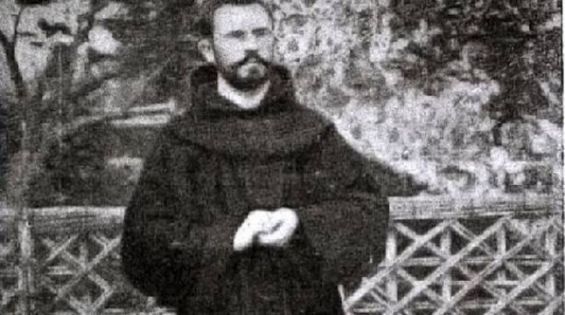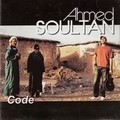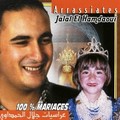The first Amazigh language grammar book for the Riffians was written by a Basque priest, Pedro Hilarión Sarrionandia. The book saw light in 1905 during a Franciscan missionary in the region. Sarrionandia’s first contact with northern Morocco began in 1892, when he was a 27-year-old priest sent to the Order of Convent in Tetouan. During his stay, he learned Arabic, and then switched to the Amazigh language.
Unlike the Arabic language, used in public institutions, Koranic schools and universities, that of the Riffians was part of the oral heritage of the Kingdom with few written texts. A fact that shocked the young priest who used to learn grammar in books.
Fortunately, this obstacle did not prevent Pedro from advancing in learning the Amazigh language. On the contrary, it was encouraging to him that he attempted to create a record for the language’s grammar. The priest dedicated several hours of his days to this new mission all while having a close contact with locals. With the knowledge he accumulated, while staying in Morocco, he started writing his first essays.
A grammar book for Tamazight
In 1901, authorized by the Spanish authorities, he entered Melilla to publish his work. After a four-year delay caused by the political situation, his book «The grammar of the Riffian language» was finally published in Tangier in 1905.
Pedro Hilarion Sarrionandia’s wish to know more and expand his learning of the Amazigh language led him to Essaouira in June 1910 to study the local dialect of the region. A challenge he was ready to deal with, especially after his book was severely criticized by René Basset, a French author who wrote «Berber Tales» in 1887.
His trip to Essaouira lasted until November 1912, when the two French and Spanish protectorates were signed. These political changes that emerged in Morocco pushed him to ask his superiors to put an end to his mission in the Kingdom. A year later he was sent to a convent in Seville where he planned to fully devote himself to the Amazigh Grammar.
A dream that came to an end
Unfortunately, the priest’s dream shortly came to an end. Pedro Hilarion Sarrionandia died in 1913, in his hometown, Garai in the Basque Country, following a tragic accident. Only 48 years old, the priest’s plans were suspended but his book survived.
On 17 of November, Garai, the hometown of Pedro Hilarión Sarrionandia, commemorates his death, paying tribute to the author of the first Riffian grammar book.





 chargement...
chargement...













